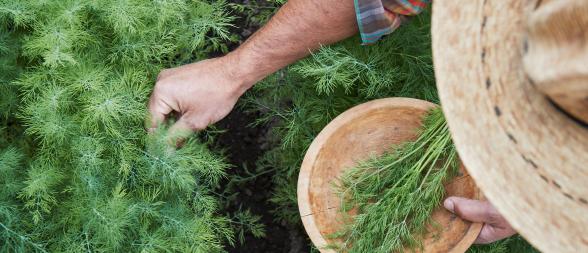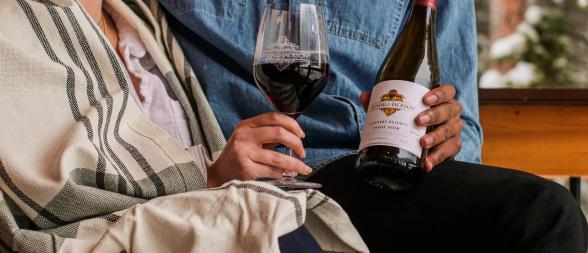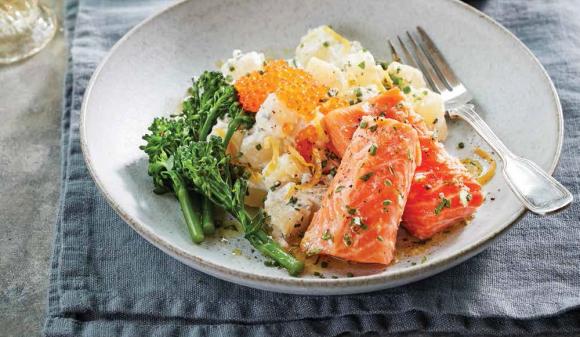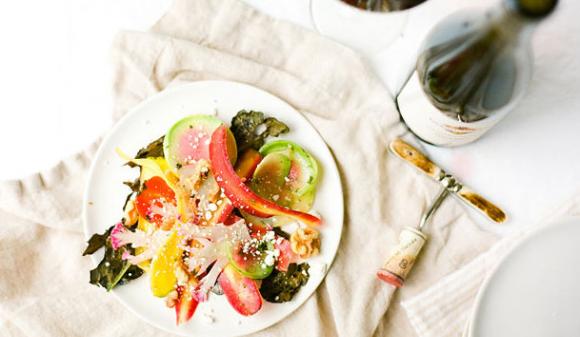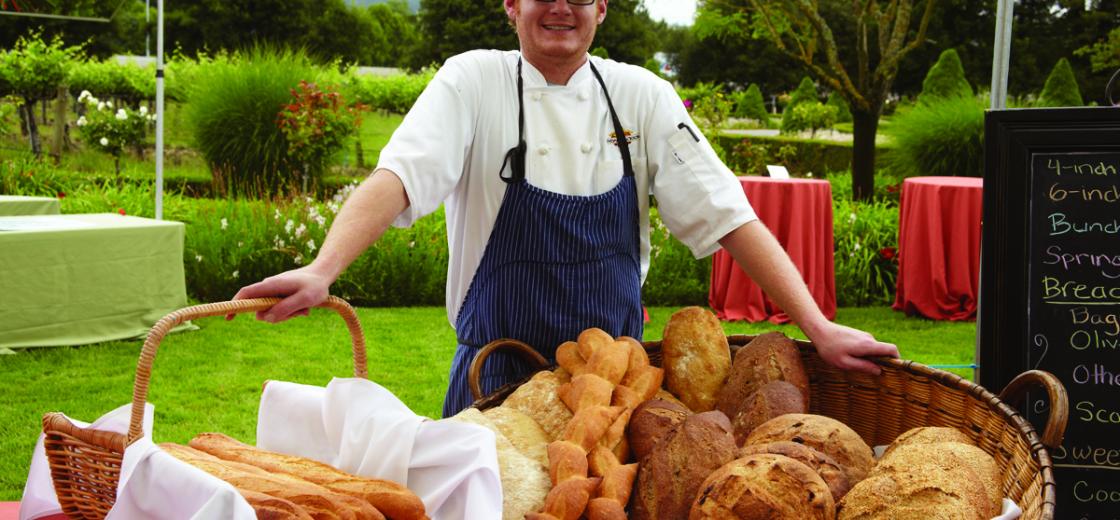
Red Wine, White Wine & Fresh Baked Breads For The 4th of July
It’s 4th of July weekend, but before you head off to your celebrations, swing by the Kendall-Jackson Wine Center for our Farm Stand on Saturday (10am – 1pm). We will have plenty of fresh produce from our garden, fresh baked breads still warm from the oven, cupcakes, cookies and the All-American classic, apple pie.
Our food truckin’ friends will be here again from 11am to 2pm slingin’ tasty bites to pair with Kendall-Jackson wines by the glass on the back lawn. The week’s lineup will include: Karma (Indian food),Street-eatz, Chicago Style Hot Dogs and Molly Moo’s Ice Cream. Grab the kids, your shopping bags and sunscreen and join us on the back patio for some 4th of July food, fun and wine.
If you get here early, you might be able to meet Chef Eric Frischkorn who will be up all night baking the fresh breads with his special Santa Rosa sourdough starter. This week, I’ve asked Eric to talk a little bit about some of his favorite breads and how he became a self-taught baker. – Justin
My fascination with bread started about 4 years ago, after my food journey through Europe and seeing the wide variety of artisan breads that are available. In France, they have the wonderful sourdough breads; in Paris, specifically, they make these great Parisian baguettes. Italy has fabulous ciabattas and semolina breads.
Due to the prices we were paying for artisan bread, we decided to start an in-house bread program at the Wine Center. I began studying and researching everything I could find on baking bread. The first book I bought was Peter Reinhart’s The Bread Baker’s Apprentice – I studied this book backwards and forwards, because learning baker’s percentages is the hardest part. Once I got that down, I found different techniques of starting sourdough starter using grapes.
When grapes are in full harvest mode, they have natural yeast on their skin. I mashed grapes and mixed them with flour and water, and continued to feed the mixture additional flour and water every day for 2 weeks, which gave me a starter. Over the past few years I have been baking weekly and using the starter. It’s at the point where I can take 1 pint of starter, add flour and water and bake 200 loaves of bread. Not only does this wild sourdough starter add flavor, but it also increases the shelf life and allows these breads to stay fresh for several days longer. Here’s the trick to keeping that bread fresh: after slicing it, if you don’t finish the loaf, just place the cut-side down on a wooden cutting board and do not wrap in plastic.
Even with all the bread knowledge I’ve gained, and the varieties of bread I can make now, I always seem to go back to a recipe that was given to my mother by her Jewish neighbor for Challah bread. Known as the “celebration bread,” this egg and butter enriched dough is found throughout many countries with many different styles. In Greece, they add hard boiled eggs to their Challah for Easter; in Italy, dyed colored eggs are added to Challah for Easter.
Challah brings back so many memories for me. I remember eating this bread as a child when my mom used to bake fresh loaves and give them out to her friends as gifts. Below is the recipe for Challah that was given to my mother. It is simple to make and can be made into a variety of shapes: hamburger buns (for buns, portion out 3 to 4 oz. pieces of dough), pullman loaves for sandwiches or just keep with the traditional Jewish style of braided bread. Challah is freshly yeasted bread, so it will stale faster, but it can be toasted or made into the best French toast ever. (For French toast, I always use the recipe in the Joy of Cooking cookbook).
Challah Bread
Recipe by Chef Eric Frischkorn
Yield: 2 loaves
Ingredients
- 1/3 cup sugar
- 1¼ cup warm water
- ¼ oz. yeast
- 5 cups bread flour* (27.5 oz)
- 1 tsp. kosher salt
- ¼ lb. butter, at room temperature
- 3 eggs
Method
- In the bowl of an electric mixer fitted with the paddle attachment, combine the sugar, water and yeast. Allow to sit for 5 minutes. Mix in 1 cup of flour and the salt. Slowly add in butter and mix until well incorporated. Add 2 eggs and mix again until well incorporated. Switch the paddle attachment on the mixer to the dough hook. Incorporate the remaining flour, 1 cup at a time with the mixer on the second speed until a ball is formed, approximately 3 to 5 minutes.
- Transfer dough to a stainless steel bowl that has been coated evenly with non-stick spray and cover with plastic wrap. Proof dough at room temperature for 1 hour or until dough has doubled in size.
- Place dough onto a lightly floured work surface. Punch down dough, being careful not to overly deflate the dough. Divide dough into 2 equal pieces and fold each piece into a rough square shape. Allow to rest for 10 minutes.
- Divide each square into 3 equal portions. Roll out each portion into a 14-inch strand. Using the 3 strands, braid the dough together, tucking the ends under on both sides. Place on a parchment-lined sheet tray and cover with plastic wrap. Let proof at room temperature for 45 minutes.
- Preheat the oven to 350˚F.
- In a small bowl, vigorously whisk the remaining egg with 1 teaspoon of water. Gently remove the plastic wrap and brush the dough with egg wash. Feel free to garnish with sesame seeds, sea salt, herbs, etc. Bake for 35 to 40 minutes or until golden brown and internal temperature reaches 200ºF. If the crust is browning too much before the bread is fully cooked, cover with aluminum foil and continue to bake.
* All-purpose flour may be substituted, but I recommend using bread flour for all breads. The gluten development is superior.

